Product
Henry Glogau 2 Solar Desalination Skylight
-
Tauira / Student
Henry Glogau -
Kaiako / Lecturer
David Garcia
-
Client
Nueva Esperanza Community -
School
The Royal Danish Academy of Fine Arts - Schools of Architecture, Design and Conservation

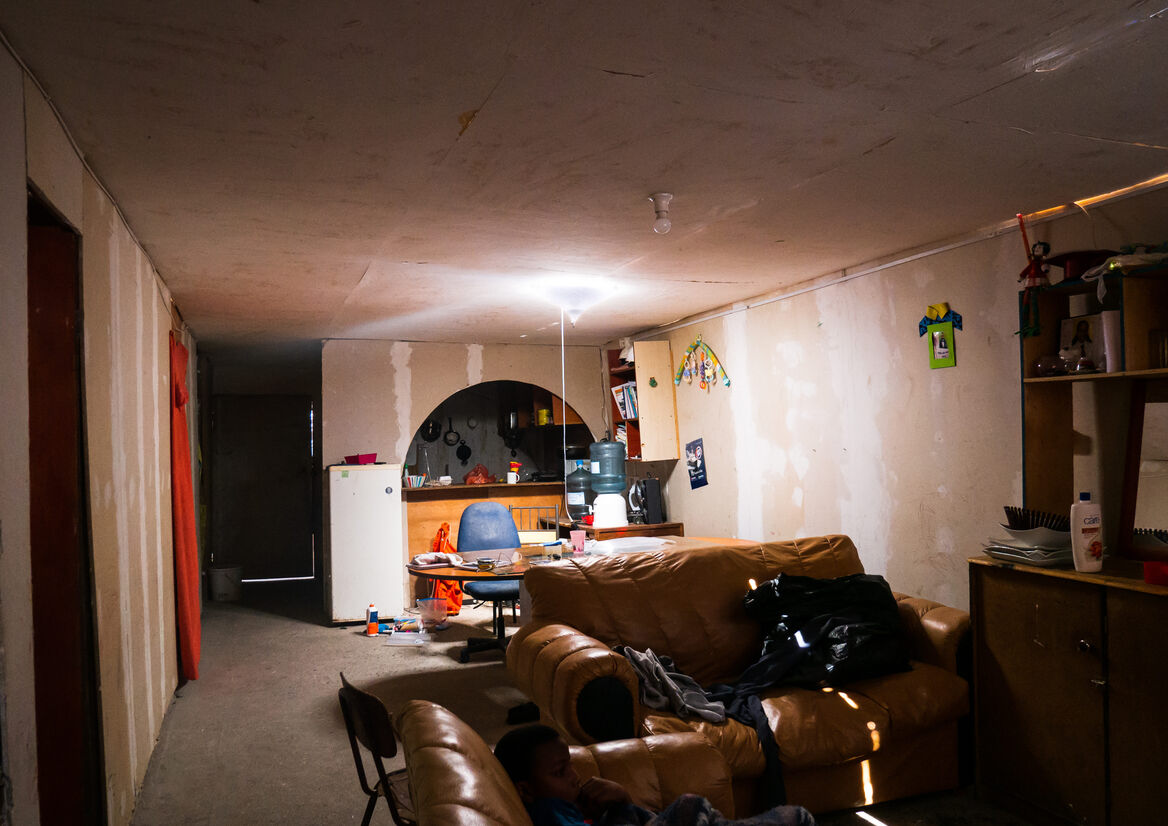

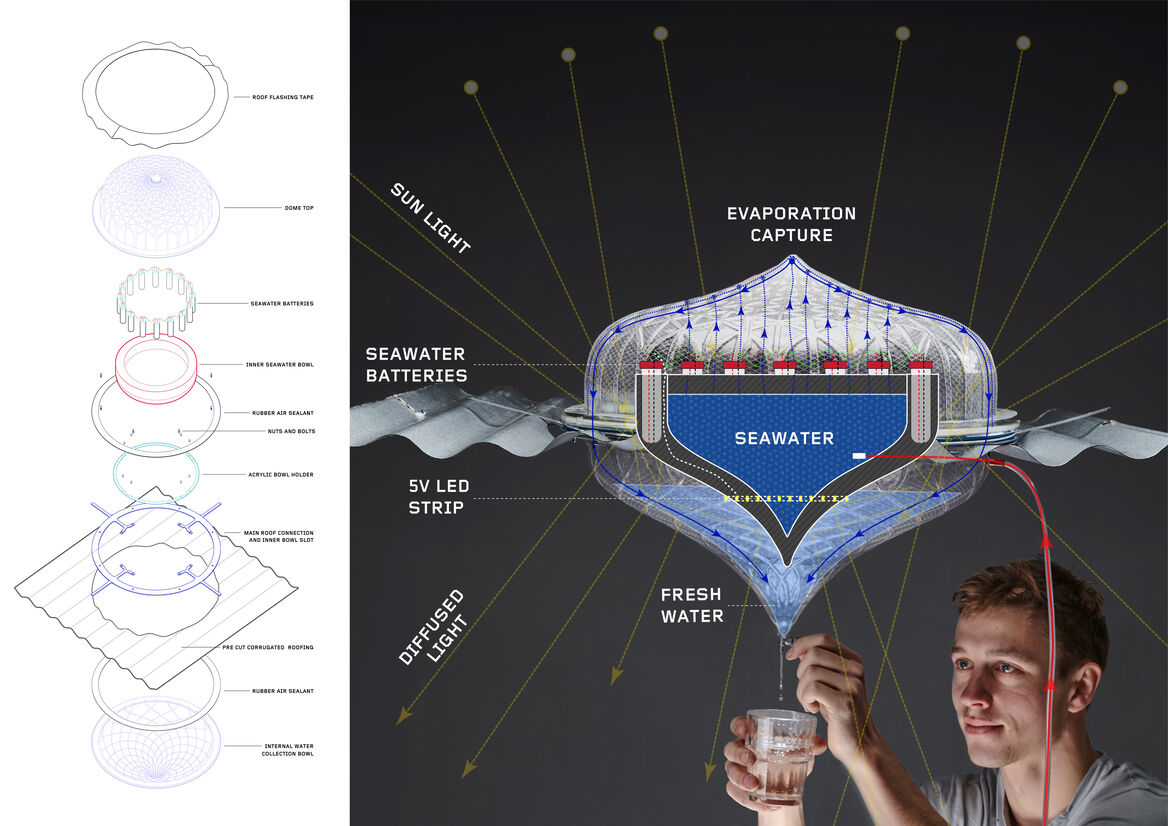
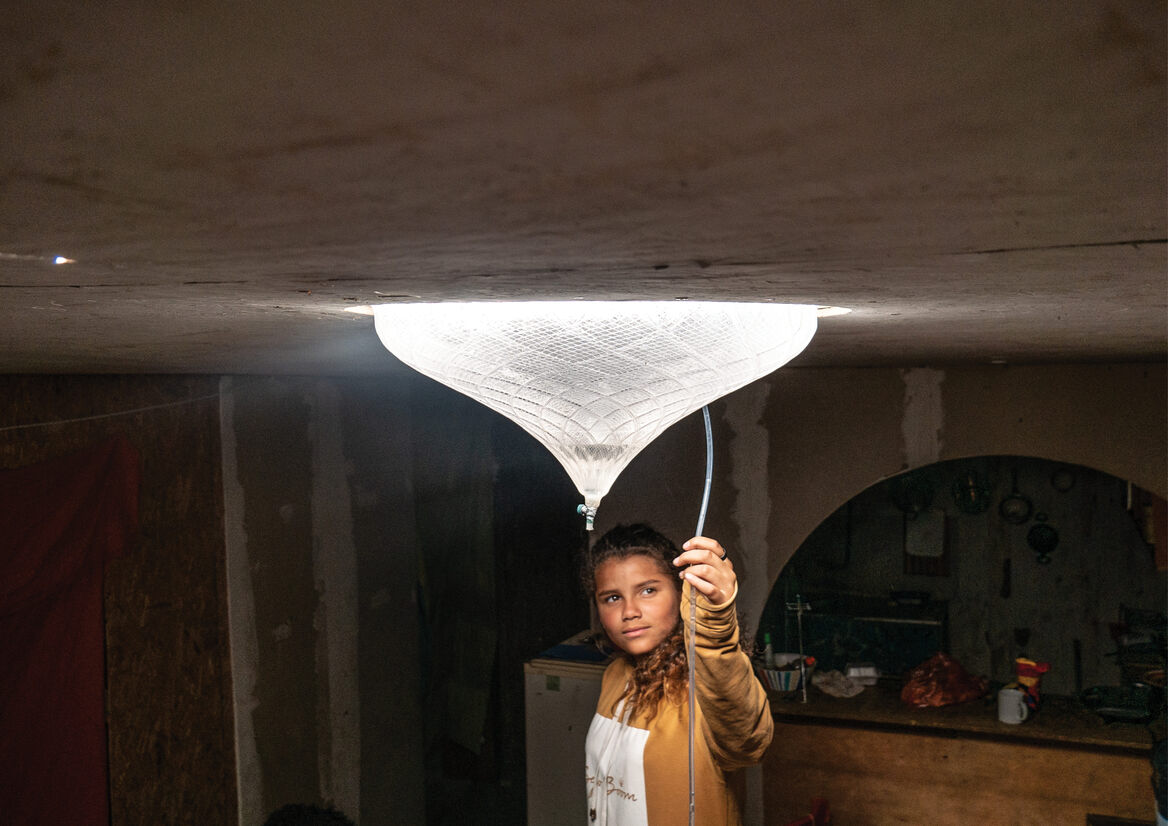
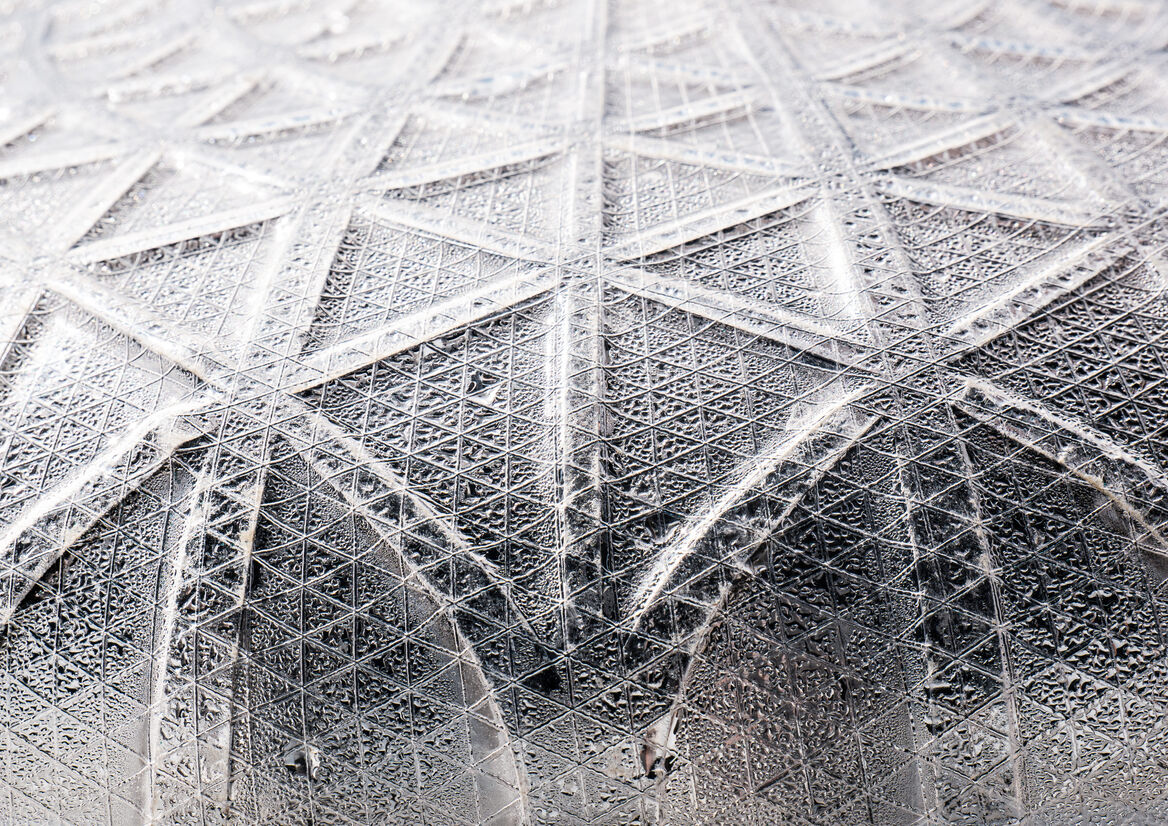
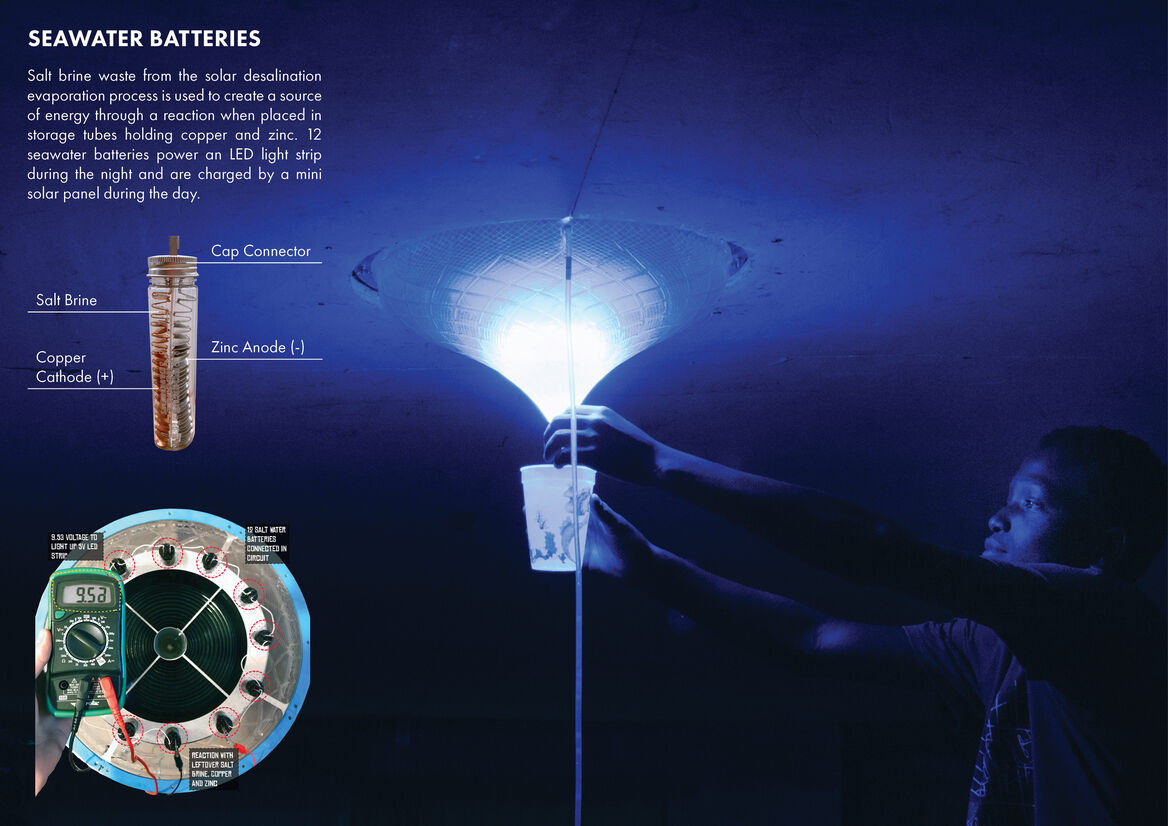
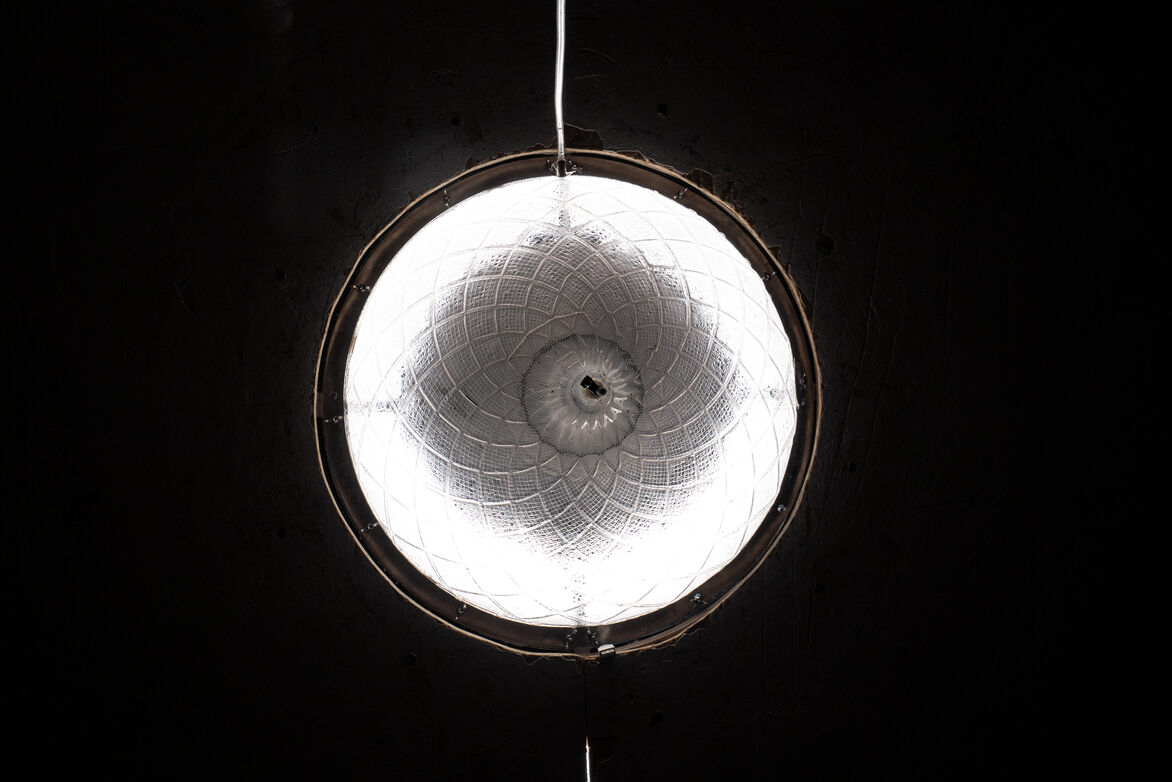
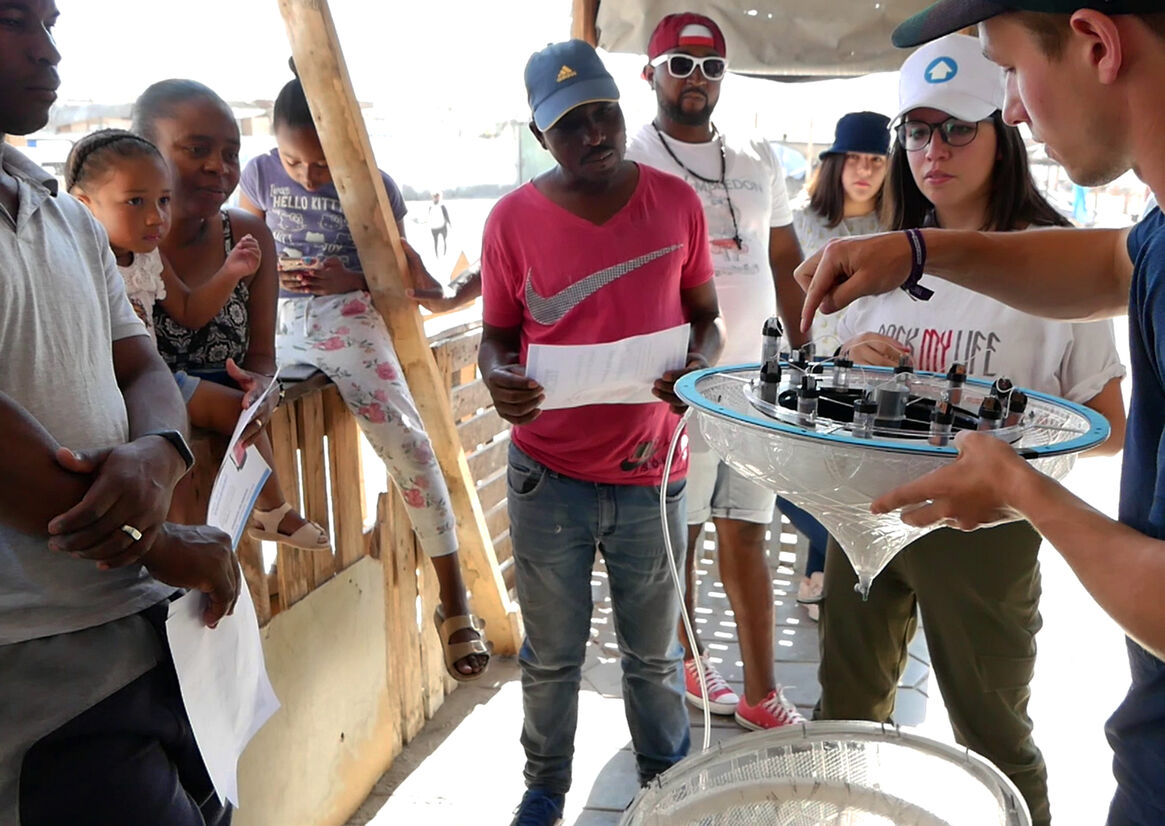
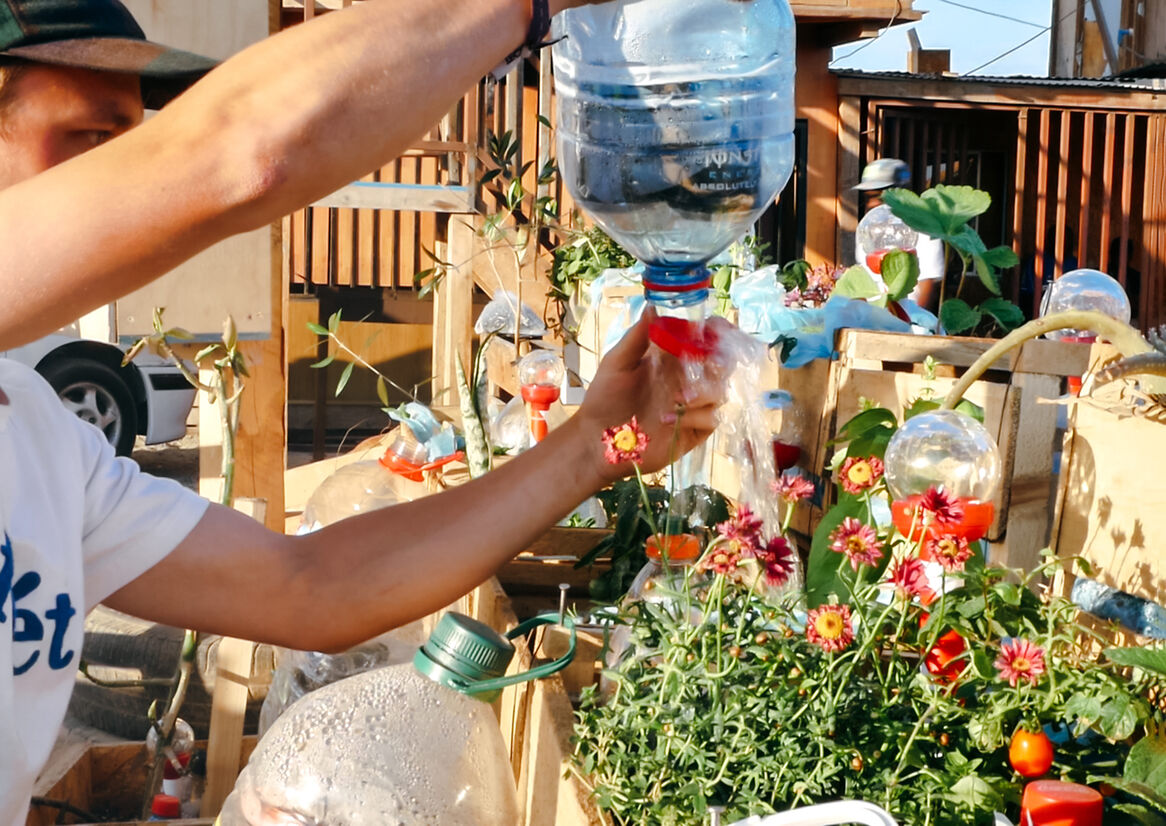
Description:
With the inevitable future challenges of resource scarcity, we must explore autonomous and sustainable systems which work with our eco-systems rather than against them. This proposal is a low-tech solution that gives communities disconnected from formal systems, the ability to produce basic resources through a passive circular system. The Solar Desalination Skylight is a multifunctional architecture element that is embedded within the everyday living environment, rather than being a separate utility. Creating a familiar, secure, and accessible experience for the user, where it is not a scientific instrument, but an approachable part of the house.
Through a collaboration with a local Chilean NGO called TECHO, the Solar Desalination Skylight is currently being used within the coastal informal settlement community called ‘Nueva Esperanza’ in Mejillones. The design takes a holistic approach to providing Nueva Esperanza with essential resources, by harnessing the environments abundant solar energy and seawater. The Solar Desalination skylight emits a natural diffused light, produces drinking water, and utilises leftover salt brine for energy creation. Circularity was a fundamental design principle, where waste outputs, became a resource opportunity. A highlighted example is how the design utilises the salt brine waste from the evaporation process to create a series of salt batteries. This provides a source of energy through a chemical reaction when placed in tubes holding copper and zinc. These 12 seawater batteries could power a LED light strip during the night and are charged by a mini solar panel during the day.
It was important that these processes could be understood in an approachable and accessible way. The idea of incorporating the hybrid skylight within the living environment meant that the design could offer more than just resource production, but would also offer an aesthetical engagement through the qualities of performing as a skylight. During the desalination process, the water and natural light combines to create a soft ambience and dappled effect inside the often dark and boarded up homes. The diffused natural light provides a well-lit workspace and social area for the family, while reducing their reliance on electrical systems.
The project opened a dialogue with the community around resource scarcity, with the intention to discover how an initial innovation could transform into ‘social innovation’. Workshops were organised together with the community, to create their own version of the design out of local resources found readily available. These ideas and processes from the Solar Desalination Skylight were translated into a low-tech version using materials and construction methods that were accessible such as plastic bottles, cans, knives and tape. This community driven initiatives is still being used on a daily basis, especially during the Covid period, as water truck drop offs have been extremely unreliable and limited.
Judge's comments:
The judges praised the genuinely holistic project approach including the depth of design research, user empathy, prototyping, product design and systems development. The judges were impressed by the highly resolved and sustainable product solution that created multifunctional benefits for the user from a single design.